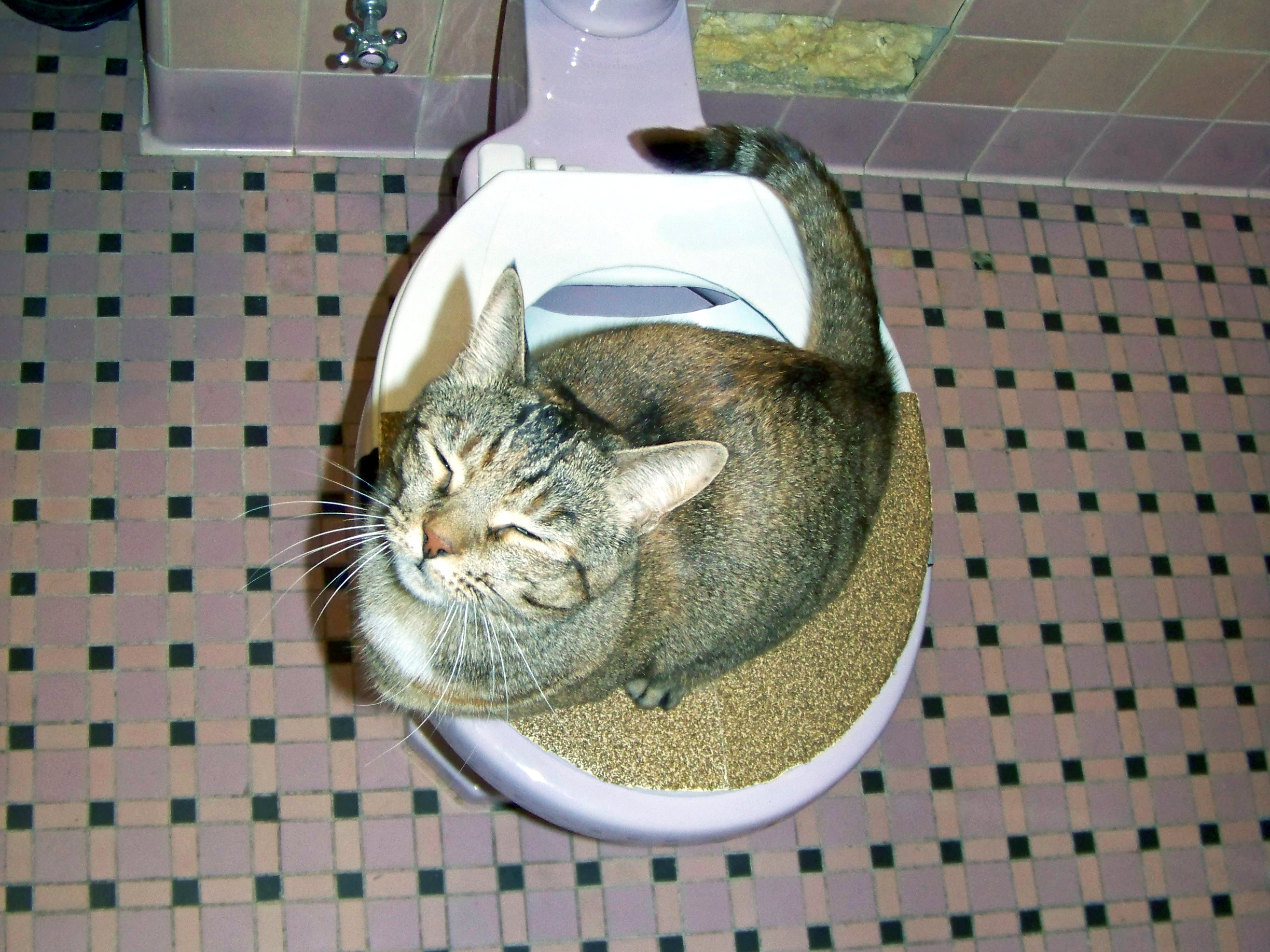Avoid Clogs and Damage: Don't Flush Cat Poop Down Your Toilet - Expert Insights
Avoid Clogs and Damage: Don't Flush Cat Poop Down Your Toilet - Expert Insights
Blog Article
This great article following next about Don’t flush cat feces down the toilet is seriously insightful. Read it for yourself and decide what you think of it.

Introduction
As cat owners, it's essential to bear in mind just how we take care of our feline close friends' waste. While it might seem convenient to flush pet cat poop down the bathroom, this practice can have harmful consequences for both the setting and human health.
Alternatives to Flushing
Fortunately, there are safer and more liable methods to get rid of cat poop. Take into consideration the complying with options:
1. Scoop and Dispose in Trash
The most typical method of taking care of feline poop is to scoop it right into a naturally degradable bag and toss it in the trash. Make sure to use a dedicated trash inside story and dispose of the waste quickly.
2. Usage Biodegradable Litter
Opt for biodegradable feline clutter made from products such as corn or wheat. These litters are environmentally friendly and can be safely taken care of in the garbage.
3. Bury in the Yard
If you have a lawn, take into consideration hiding pet cat waste in a marked location far from veggie yards and water resources. Make certain to dig deep adequate to prevent contamination of groundwater.
4. Install a Pet Waste Disposal System
Invest in a pet waste disposal system especially made for pet cat waste. These systems make use of enzymes to break down the waste, minimizing odor and environmental impact.
Health Risks
Along with ecological issues, flushing pet cat waste can also posture health and wellness risks to human beings. Feline feces may have Toxoplasma gondii, a parasite that can cause toxoplasmosis-- a possibly serious illness, specifically for pregnant females and individuals with damaged immune systems.
Ecological Impact
Purging feline poop presents dangerous pathogens and bloodsuckers right into the supply of water, posturing a significant danger to marine communities. These impurities can adversely impact marine life and compromise water high quality.
Final thought
Responsible animal ownership prolongs beyond supplying food and sanctuary-- it additionally involves proper waste administration. By refraining from flushing feline poop down the commode and going with alternative disposal methods, we can minimize our environmental impact and shield human wellness.
Why Can’t I Flush Cat Poop?
It Spreads a Parasite
Cats are frequently infected with a parasite called toxoplasma gondii. The parasite causes an infection called toxoplasmosis. It is usually harmless to cats. The parasite only uses cat poop as a host for its eggs. Otherwise, the cat’s immune system usually keeps the infection at low enough levels to maintain its own health. But it does not stop the develop of eggs. These eggs are tiny and surprisingly tough. They may survive for a year before they begin to grow. But that’s the problem.
Our wastewater system is not designed to deal with toxoplasmosis eggs. Instead, most eggs will flush from your toilet into sewers and wastewater management plants. After the sewage is treated for many other harmful things in it, it is typically released into local rivers, lakes, or oceans. Here, the toxoplasmosis eggs can find new hosts, including starfish, crabs, otters, and many other wildlife. For many, this is a significant risk to their health. Toxoplasmosis can also end up infecting water sources that are important for agriculture, which means our deer, pigs, and sheep can get infected too.
Is There Risk to Humans?
There can be a risk to human life from flushing cat poop down the toilet. If you do so, the parasites from your cat’s poop can end up in shellfish, game animals, or livestock. If this meat is then served raw or undercooked, the people who eat it can get sick.
In fact, according to the CDC, 40 million people in the United States are infected with toxoplasma gondii. They get it from exposure to infected seafood, or from some kind of cat poop contamination, like drinking from a stream that is contaminated or touching anything that has come into contact with cat poop. That includes just cleaning a cat litter box.
Most people who get infected with these parasites will not develop any symptoms. However, for pregnant women or for those with compromised immune systems, the parasite can cause severe health problems.
How to Handle Cat Poop
The best way to handle cat poop is actually to clean the box more often. The eggs that the parasite sheds will not become active until one to five days after the cat poops. That means that if you clean daily, you’re much less likely to come into direct contact with infectious eggs.
That said, always dispose of cat poop in the garbage and not down the toilet. Wash your hands before and after you clean the litter box, and bring the bag of poop right outside to your garbage bins.
https://trenchlesssolutionsusa.com/why-cant-i-flush-cat-poop/

Do you like more info about Don’t flush cat feces down the toilet? Leave feedback down the page. We would be glad to know your reactions about this post. We are looking forward to see you back again in the near future. Enjoyed reading our blog? Please share it. Let other people discover it. Many thanks for taking the time to read it.
Visit My Web Page Report this page